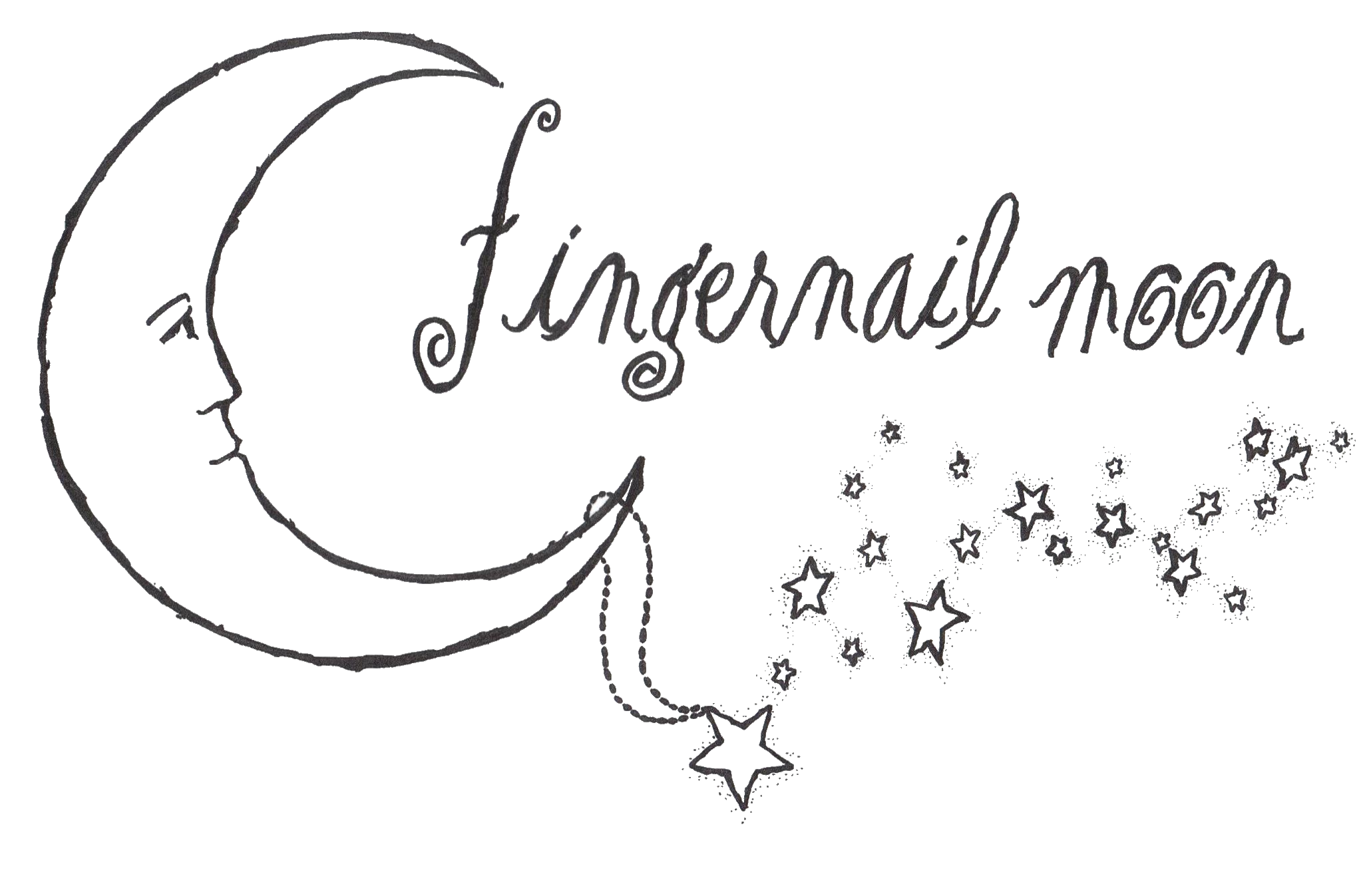January Gems
What color is January birthstone? Undoubtedly the primary birthstone color is red, specifically deep red. Garnet, the foremost birthstone for January, occurs most commonly as red stones, and is widely thought of as red since ancient times. Another January gemstone, hyacinth, is also a red gemstone.
If a secondary color of January birthstone has to be named, that would be green. Emerald, the birthstone of January in the old Tibetan calendar, is green. Garnet also occurs in green, and is in fact most valuable in its green variety called demantoid.
There are many options for January birthstone, depending on the source you choose. The most commonly accepted are:
- Modern: Garnet
- Traditional: Garnet
- Ancient Italian & Russian: Garnet & Red zircon
- Tibetan: Emerald
- Hindu: Serpent stone
Garnet

Garnet is the most widely accepted birthstone for January. Garnet is the traditional as well as the modern January birthstone. Garnet was also consistently designated as the gemstone for January in the ancient Roman, Italian, Polish, Russian, Hebrew, Arabic and old Hindu (Ayurvedic) calendars. Before the gemstone was made the birthstone of January, garnet was the zodiac stone for Capricorn and Aquarius, both falling partly on the month of January.
Garnet is a valuable gemstone cherished since antiquity. While most expensive in its green variety called demantoid, garnet is most commonly a red gemstone. Accordingly the color of garnet regarded as stone for January is the red garnet, which comes from several garnet species, namely, almandine, pyrope, spessartine, andradite and grossular. This January gemstone is believed to bestow strength and protection. The January stone is also regarded as a symbol of friendship, exchanged between friends to express affection, and in the hope that they would meet again in the future.
Red Zircon

Zircon is a transparent gemstone that makes excellent substitute to diamond. While most popular in its blue color, zircon also occurs in red, in which case the gemstone is called hyacinth, or jacinth. This red zircon is the birthstone for January in the ancient Italian and Russian calendar. While hyacinth is the red variety of zircon, this January birthstone may also hold traces of yellow. The January stone is believed to enhance peace of mind, as well as bring prosperity.
Emerald
 Emerald is the birthstone for January in the old Tibetan calendar. This January birthstone is the green variety of beryl, and is, not only one of the most expensive gemstones in the world, but is also among the only four gemstones regarded as precious stones in the modern day. This birthstone of January is prized mostly for its color, the verdant green. When beryl occurs in a color beside green, the gemstone would be called by a different name — aquamarine when blue, for instance, and heliodor when yellow — and the stone would be accordingly less expensive. The January gemstone, emerald, is believed to bring well-being, as well as stimulate clairvoyance.
Emerald is the birthstone for January in the old Tibetan calendar. This January birthstone is the green variety of beryl, and is, not only one of the most expensive gemstones in the world, but is also among the only four gemstones regarded as precious stones in the modern day. This birthstone of January is prized mostly for its color, the verdant green. When beryl occurs in a color beside green, the gemstone would be called by a different name — aquamarine when blue, for instance, and heliodor when yellow — and the stone would be accordingly less expensive. The January gemstone, emerald, is believed to bring well-being, as well as stimulate clairvoyance.
Serpent Stone

Serpent stone is the birthstone for January in the Hindu calendar. The identity of this January birthstone is rather dubious. Some say that the name serpent stone refers to ruby, which would make sense; since ruby is the birthstone for Capricorn — which falls partly on the month of January — and is a gemstone that is red in color, similar to the other birthstones for January, namely, garnet and red zircon. But Serpent Stone may also refer to serpentine, which gets its name from the Greek word “serpens”, which means snake, because the stone sometimes resembles snake skin. Serpentine is actually a group of minerals which come in a variety of colors, but the most common is green. And as green is the color of the other January birthstone emerald, and sometimes of garnet, it would hold that serpentine would be a January birthstone based on color. Serpentine attracts abundance in all areas: prosperity, love, healing, etc., and it helps clear all of the chakras.

